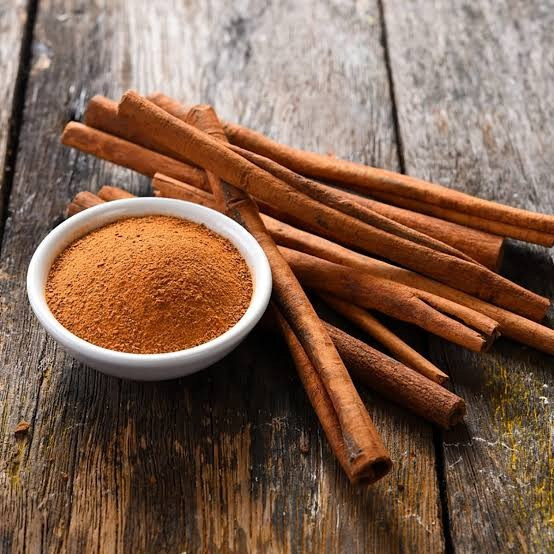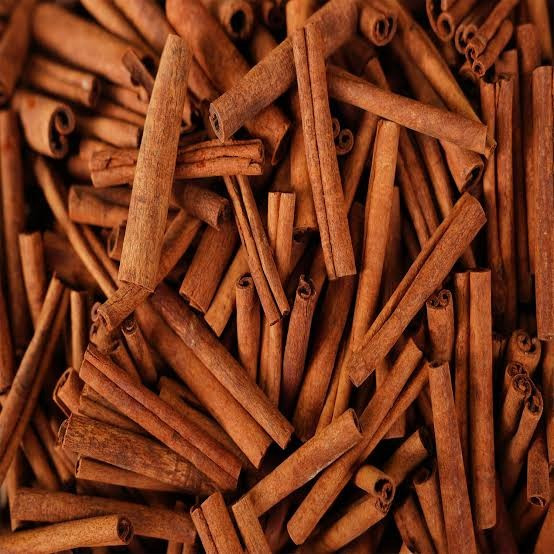TULSI
Tulsi, Tulasi or Vrinda (Holy Basil) is a sacred plant in Hindu belief. Hindus regard it as an earthly manifestation of the goddess Tulsi; she is regarded as the avatar of Lakshmi, and thus the consort of the god Vishnu. In other legends, she is called Vrinda and distinct from Lakshmi. In the story, she married Jalandhara. The offering of its leaves is mandatory in ritualistic worship of Vishnu and his avatars like Krishna and Vithoba.
Many Hindus have tulsi plants growing in front of or near their home, often in special pots or a special masonry structure known as Tulsi Vrindavan as this is related to their culture. Traditionally, Tulsi is planted in the center of the central courtyard of Hindu houses. The plant is cultivated for religious purposes, and for its essential oil.
Tulsi Medicinal Uses & Benefits
Promotes Healthy Heart. Holy basil contains vitamin C and antioxidants such as eugenol, which protects the heart from the harmful effects of free radicals. ...
Anti-aging. ...
Treats Kidney Stones. ...
Relieves Headaches. ...
Fights Acne. ...
Relives Fever. ...
Eye Health. ...
Oral Health.
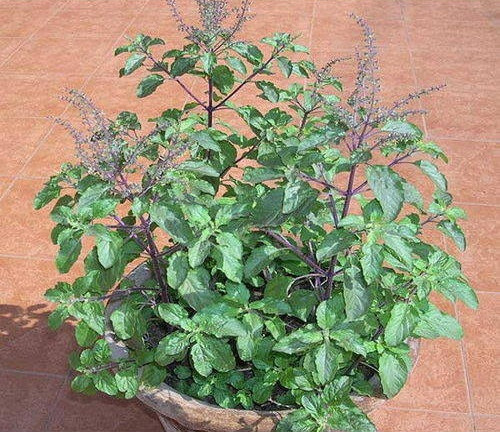
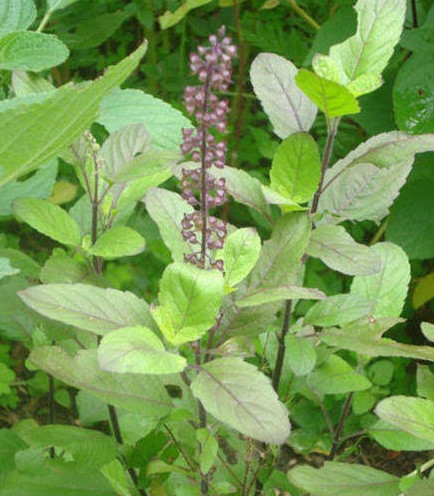
[Tech-Nick note: Please upload your pictures into the media library first and use it from there (folder "Team Christ", thx!]
CARDOMOM
Cardamom (/ˈkɑːrdəməm/), sometimes cardamon or cardamum, is a spice made from the seeds of several plants in the genera Elettaria and Amomum in the family Zingiberaceae. Both genera are native to the Indian subcontinent and Indonesia. They are recognized by their small seed pods: triangular in cross-section and spindle-shaped, with a thin, papery outer shell and small, black seeds; Elettaria pods are light green and smaller, while Amomum pods are larger and dark brown.
Species used for cardamom are native throughout tropical and subtropical Asia. The first references to cardamom are found in Sumer, and in the Ayurvedic literatures of India. Nowadays it is also cultivated in Guatemala, Malaysia, and Tanzania. The German coffee planter Oscar Majus Klöffer introduced Indian cardamom to cultivation in Guatemala before World War I; by 2000, that country had become the biggest producer and exporter of cardamom in the world, followed by India.
Uses
Both forms of cardamom are used as flavourings and cooking spices in both food and drink, and as a medicine. E. cardamomum (green cardamom) is used as a spice, a masticatory, and in medicine; it is also smoked
Food and beverage
Besides use as flavourant and spice in foods, cardamom-flavoured tea, also flavoured with cinnamon, is consumed as a hot beverage in Bangladesh, India, Nepal, and Pakistan.
Cardamom has a strong, unique taste, with an intensely aromatic, resinous fragrance. Black cardamom has a distinctly more smoky, though not bitter, aroma, with a coolness some consider similar to mint.
Green cardamom is one of the most expensive spices by weight but little is needed to impart flavour. It is best stored in the pod, as exposed or ground seeds quickly lose their flavour. Grinding the pods and seeds together lowers both the quality and the price. For recipes requiring whole cardamom pods, a generally accepted equivalent is 10 pods equals 1 1⁄2 teaspoons of ground cardamom.
It is a common ingredient in Indian cooking. It is also often used in baking in the Nordic countries, in particular in Sweden, Norway, and Finland, where it is used in traditional treats such as the Scandinavian Yule bread Julekake, the Swedish kardemummabullar sweet bun, and Finnish sweet bread pulla. In the Middle East, green cardamom powder is used as a spice for sweet dishes, as well as traditional flavouring in coffee and tea. Cardamom is used to a wide extent in savoury dishes. In some Middle Eastern countries, coffee and cardamom are often ground in a wooden mortar, a mihbaj, and cooked together in a skillet, a mehmas, over wood or gas, to produce mixtures as much as 40% cardamom.
In Asia, both types of cardamom are widely used in both sweet and savory dishes, particularly in the south. Both are frequent components in spice mixes, such as Indian and Nepali masalas and Thai curry pastes. Green cardamom is often used in traditional Indian sweets and in masala chai (spiced tea). Both are also often used as a garnish in basmati rice and other dishes. Individual seeds are sometimes chewed and used in much the same way as chewing gum. It is used by confectionery giant Wrigley; its Eclipse Breeze Exotic Mint packaging indicates the product contains "cardamom to neutralize the toughest breath odors". It is also included in aromatic bitters, gin, and herbal teas.
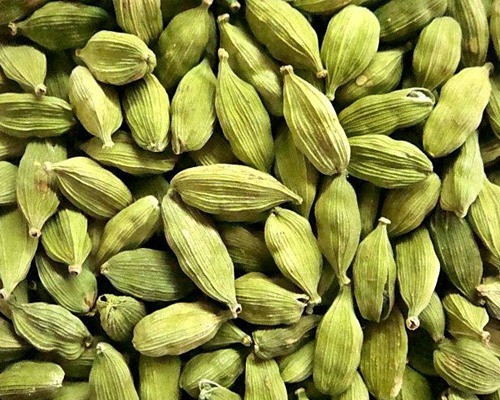
CINNAMON
Cinnamon is a spice obtained from the inner bark of several tree species from the genus Cinnamomum. Cinnamon is used mainly as an aromatic condiment and flavouring additive in a wide variety of cuisines, sweet and savoury dishes, breakfast cereals, snackfoods, tea and traditional foods. The aroma and flavour of cinnamon derive from its essential oil and principal component, cinnamaldehyde, as well as numerous other constituents including eugenol.
Cinnamomum verum, from Koehler's Medicinal-Plants (1887)
Close-up view of raw cinnamon
Cinnamon is the name for several species of trees and the commercial spice products that some of them produce. All are members of the genus Cinnamomum in the family Lauraceae. Only a few Cinnamomum species are grown commercially for spice. Cinnamomum verum is sometimes considered to be "true cinnamon", but most cinnamon in international commerce is derived from the related species Cinnamomum cassia, also referred to as "cassia". In 2018, Indonesia and China produced 70% of the world's supply of cinnamon, Indonesia producing nearly 40% and China 30%
The English word "cinnamon", attested in English since the fifteenth century, derives from κιννάμωμον ('kinnámōmon', later 'kínnamon'), via Latin and medieval French intermediate forms. The Greek was borrowed from a Phoenician word, which was similar to the related Hebrew word קינמון ('qinnāmōn').
The name "cassia", first recorded in late Old English from Latin, ultimately derives from the Hebrew word q'tsīʿāh, a form of the verb qātsaʿ, 'to strip off bark'.
Early Modern English also used the names canel and canella, similar to the current names of cinnamon in several other European languages, which are derived from the Latin word cannella, a diminutive of canna, 'tube', from the way the bark curls up as it dries.
Cinnamon bark is used as a spice. It is principally employed in cookery as a condiment and flavouring material. It is used in the preparation of chocolate, especially in Mexico. Cinnamon is often used in savoury dishes of chicken and lamb. In the United States and Europe, cinnamon and sugar are often used to flavour cereals, bread-based dishes, such as toast, and fruits, especially apples; a cinnamon and sugar mixture (cinnamon sugar) is sold separately for such purposes. It is also used in Portuguese and Turkish cuisine for both sweet and savoury dishes. Cinnamon can also be used in pickling and Christmas drinks such as eggnog. Cinnamon powder has long been an important spice in enhancing the flavour of Persian cuisine, used in a variety of thick soups, drinks, and sweets.
Cinnamon Is High in a Substance With Powerful Medicinal Properties. ...
Cinnamon Is Loaded With Antioxidants. ...
Cinnamon Has Anti-Inflammatory Properties. ...
Cinnamon May Cut the Risk of Heart Disease. ...
Cinnamon Can Improve Sensitivity to the Hormone Insulin. ...
Cinnamon Lowers Blood Sugar Levels and Has a Powerful Anti-Diabetic Effect.
